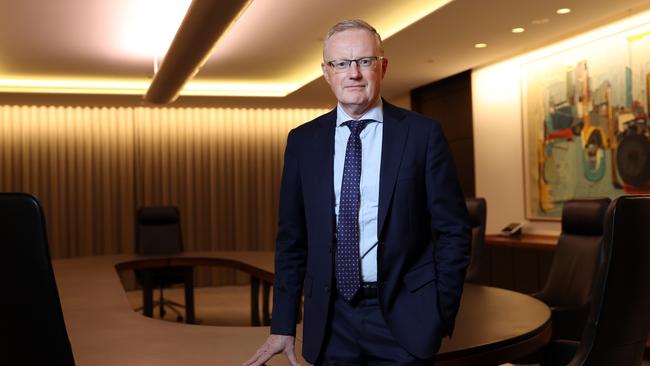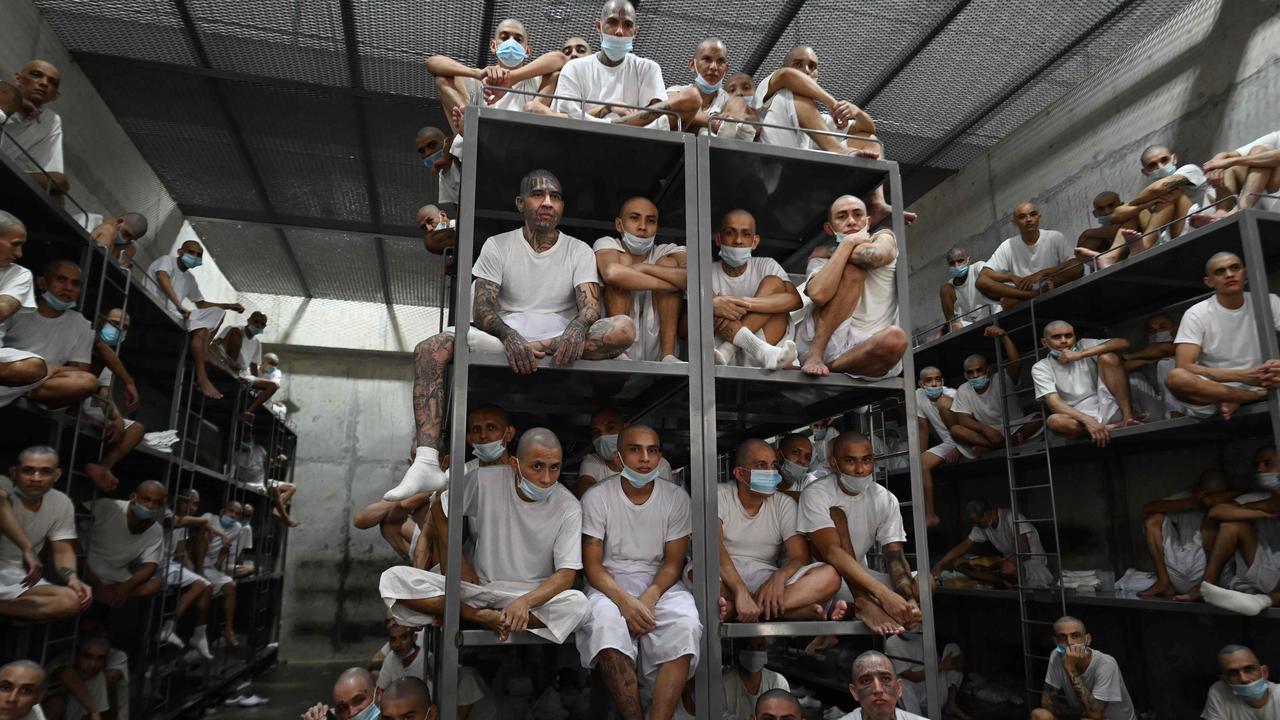The coming jump in Australian interest rates could be brutal
The harsh reality for the huge number of Australians living with mortgages is that the coming rise in interest rates could be far more rapid and brutal than most anticipate.

The harsh reality for the huge number of Australians living with mortgages is that the coming rise in interest rates, whenever it takes place, could be far more rapid and brutal than most anticipate.
That is because it is fanciful to expect that Australia will be an inflation outlier in the long term and avoid the massive surge in consumer prices now washing through the global economy.
Inflation in the US, Britain and Europe is at 30-year highs.
Some of that is due to Covid-related supply constraints and ample government stimulus to fight the impact of the pandemic.
But once the inflation genie is out of the bottle, for any reason, it can be awfully hard to get it back in amid spiralling demands for higher wages.
History suggests the best way to get inflation under control is with the big-stick approach of higher interest rates, sustained over a long period.
For those who can recall the Reserve Bank’s efforts in the late 1980s and early 1990s to “break the inflation stick”, they will know the task is painful and arduous.
The global economy has enjoyed relatively low rates for so long that many central bankers today have never confronted a genuinely threatening inflation problem in a real-world scenario.
RBA governor Philip Lowe, for example, has never had to raise interest rates during his term at the helm of the central bank, or during the period he served as deputy governor.
Dr Lowe is an astute career central banker who certainly won’t be operating blindly when the time comes, but he has never had to tighten the policy screws while serving on the RBA board.
Business news this week has been dominated by economists rushing to bring forward their forecasts for RBA rates increases. Forget the RBA’s long-held guidance of 2024 – they could be here in months.
Westpac’s chief economist, Bill Evans, a closely followed forecaster of RBA policy, now bets the first rise in interest rates will be in August – he had previously predicted February 2023 – arguing that the central bank will be satisfied by then that inflation is once again entrenched within its 2-3 per cent target band.
AMP Capital Markets moved its forecast to August from November, arguing a tightening job market would push up wages and inflation faster than expected.
Financial markets are even more aggressive and expect the RBA to kick things off mid-year. Surging inflation isn’t present in Australia’s official data yet, but markets figure it is just a matter of time.
But what happens after the first increase needs some thought. Financial markets are betting the next two years will bring a total seven interest rate rises in the official cash rate, taking it to around 1.80 per cent. Further out, market pricing takes it to around 2.5 per cent by mid-2025.
At first glance that doesn’t seem like much, but given the huge amounts of leverage now present in Australia’s residential suburbs, it is sure to bring its own share of genuine pain.
There is a large group of first-home buyers who have only known low and falling mortgage interest rates who could be in for a big shock.
“Much higher household debt to income levels today mean that households will be far more sensitive to rate hikes than say 10, 20 or 30 years ago,” said Shane Oliver, chief economist at AMP Capital Markets.
He added that the household debt-to-income ratio is about three or four times higher than in the late 1980s, so a 0.25 percentage point rise in official interest rates would be equivalent to a 1 percentage point rate increase then.
Fourth-quarter inflation data is due on Tuesday. If there is evidence of a strong acceleration in prices, money markets will again ramp up expectations for RBA interest rate increases over coming years, perhaps dramatically.





